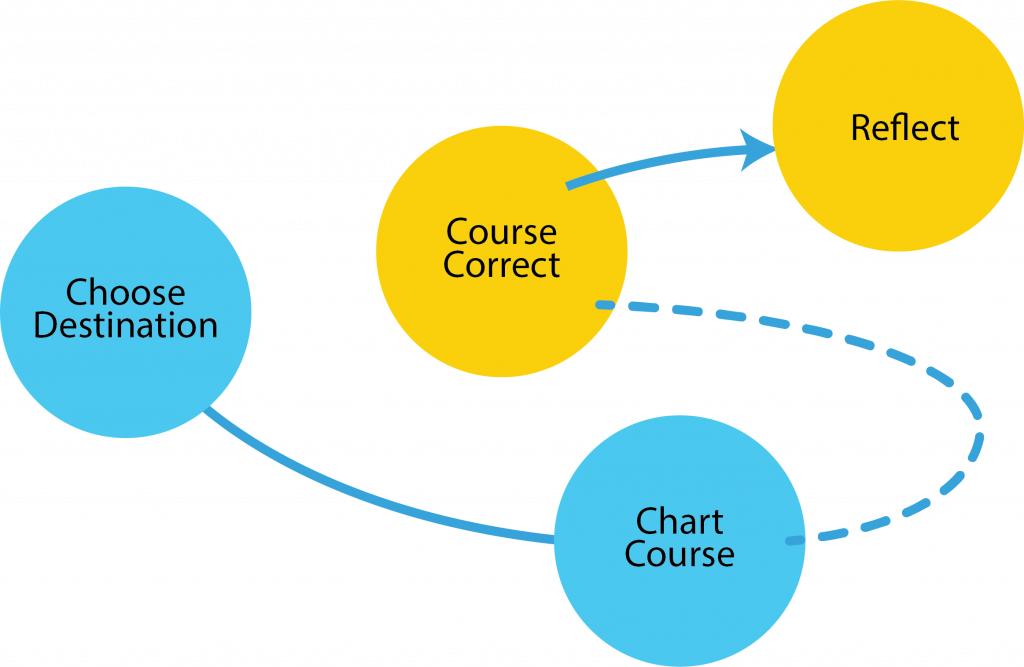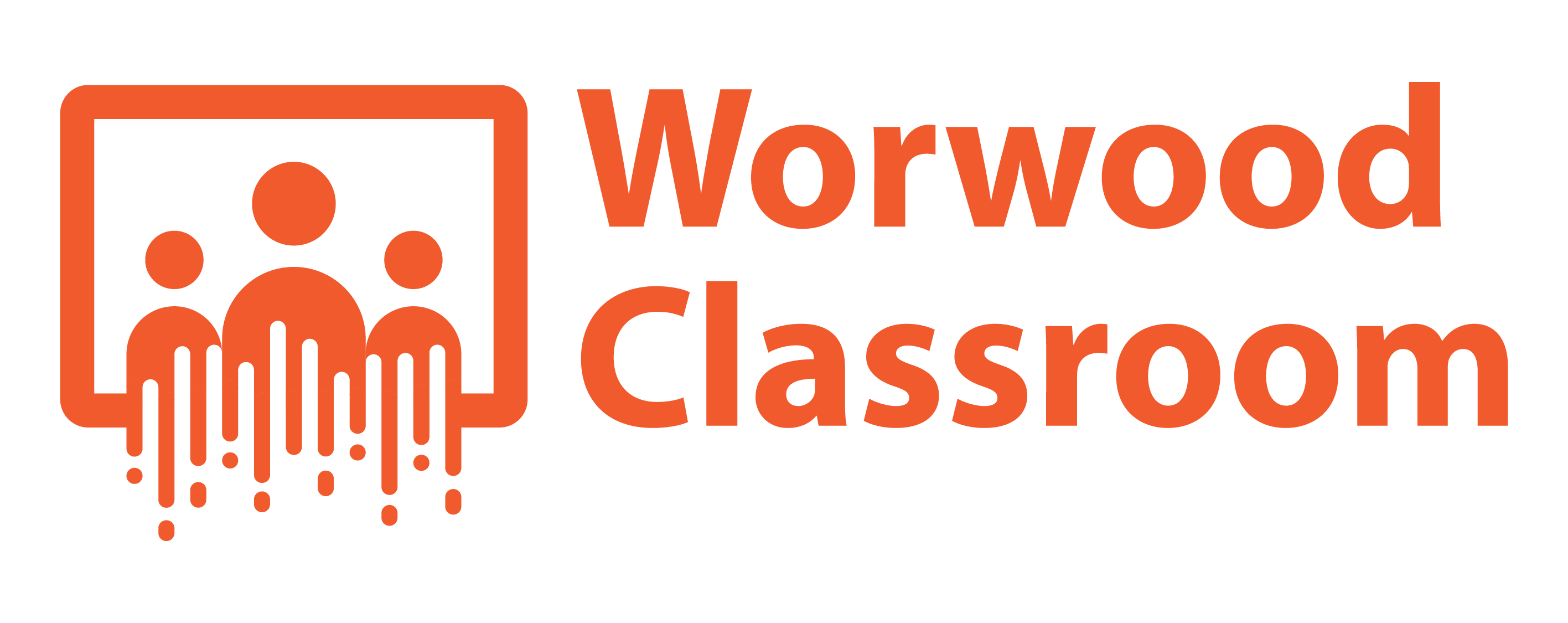The global pandemic demonstrated the immense creativity of the teaching profession; thrust into the unknown, educators throughout the grades revamped their curriculum, modified preferred approaches of instruction, and generated new ways to engage students using virtual learning environments.
Although the transition to virtual learning environments had begun before the pandemic, Covid-19 accelerated this process even more. Within a few days, teachers instantly became designers tasked with producing online learning experiences for young people. Although teaching training programs include education technology classes and instructional design classes, they don’t always emphasize some core principles of design thinking and creativity. The former prioritizes empathy toward the end-user (i.e., the student), while the latter addresses how we (as individuals) interact and engage in creative production and problem-solving.
In this chapter, I situate core principles of design thinking and creative problem-solving in the context of a teacher transitioning from a traditional learning experience to an online virtual environment. I touch on some of the sociocultural perspectives of creativity and consider how Kaufman and Beghetto’s 4-C model can help teachers reflect on their outcomes by determining the level of impact they have in a virtual environment.

Four Steps to Promote Teacher Creativity When Transitioning to Virtual Learning
The paper includes a model for teacher creativity using new technology; like existing CPS and design thinking approaches, the model depicts a teacher on a journey of innovation. At first, the teacher chooses their destination, which speaks to the concept of an intended goal and audience. Next, they typically chart a course to that destination and, during experimentation, make course corrections along the way. The final stage is when teachers take a moment to reflect on their outcomes and consider the data they’ve generated to determine the idea’s success. Data might include student learning outcomes, but it should also include student experiences of the learning event and consider any potential biases that might exclude some students’ views of the idea.
Although this approach might seem highly familiar to those already fluent in CPS and design thinking methodology, situating creativity in the teaching profession seemed a timely topic to write about during the global pandemic. It remains relevant as it connects to professional growth, avoids words such as change or transformation, and with emphasis on the end-user, teachers must think more about equity across the multiple student groups they serve. Finally, I am fascinated with how much we talk about promoting student creativity, and at the same time how little we talk about the amazing and inspirational creativity of the teaching profession.
You can read the article here.
